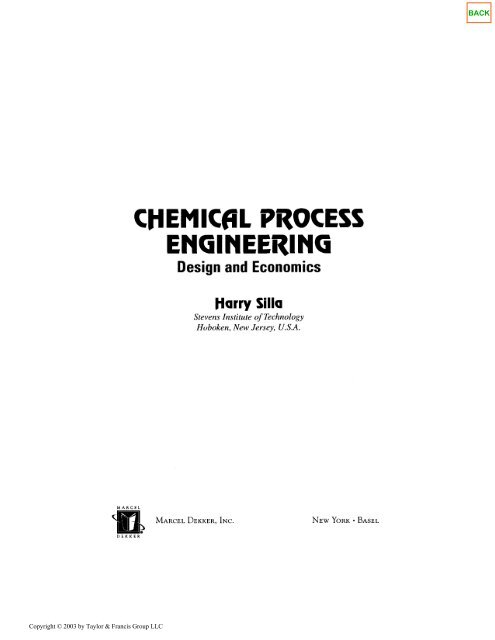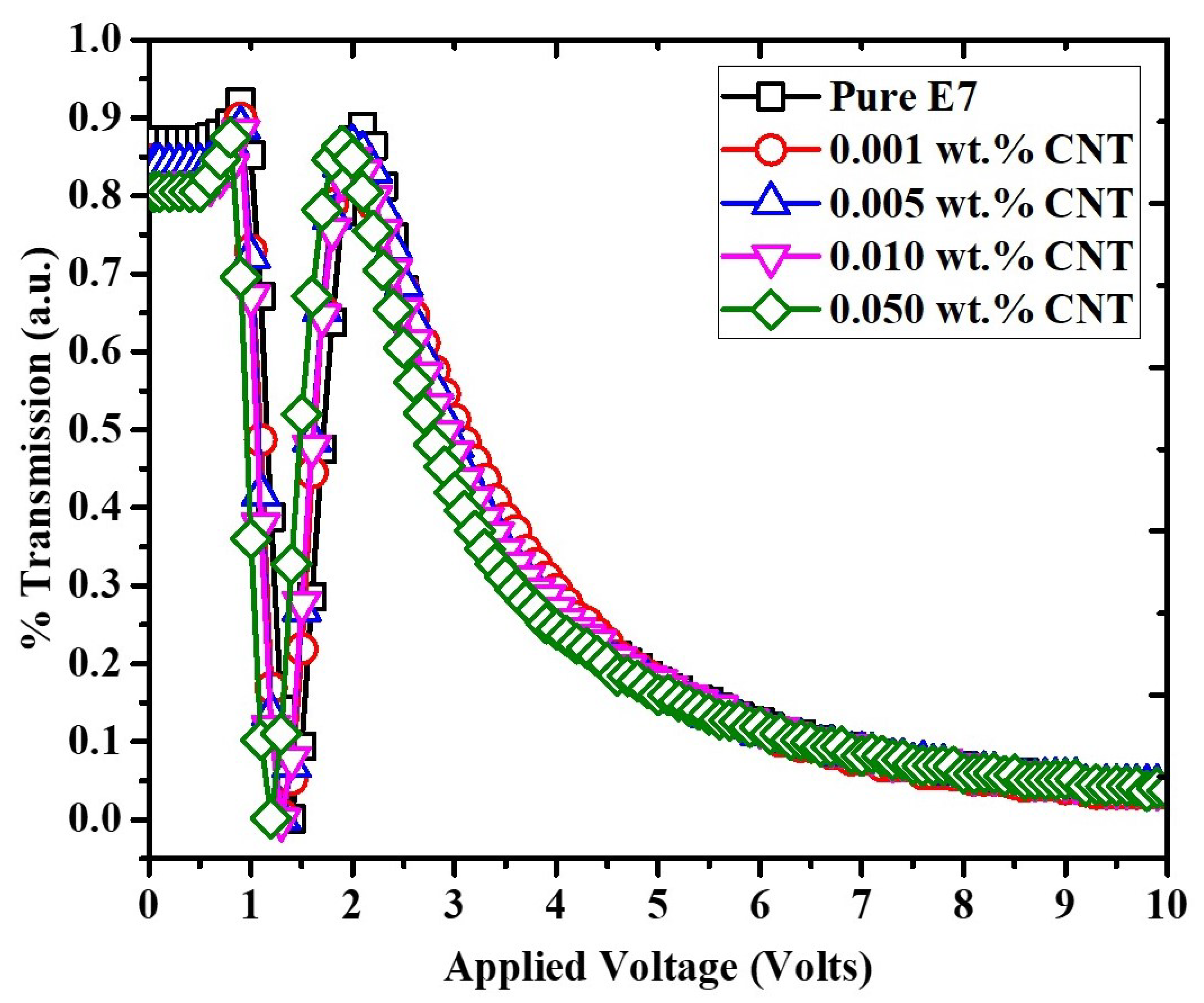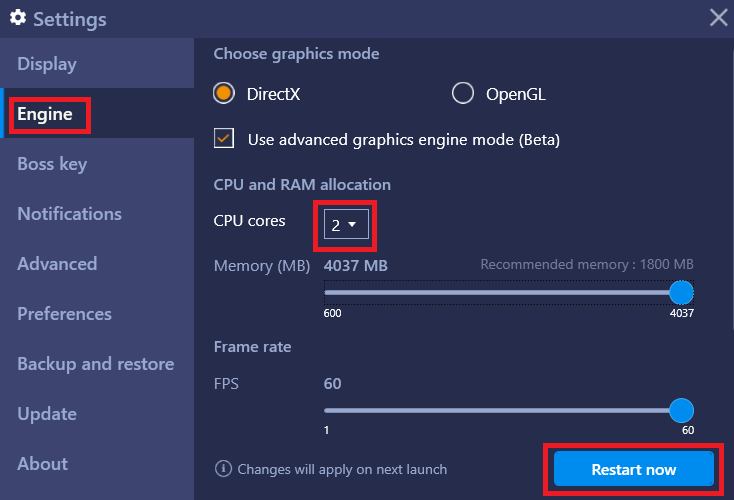

(The vapor pressure of any component is, of course, utterly meaningless above the critical temperature and anyone who extrapolates needs to go back to ChE school.)Įven at a lower temperature, say 20 F below the critical temperature of methane, the "simple" method will yield a bubble pressure for these mixtures that will be quite wrong. It is obvious that there cannot be any way to compute vapor pressures for applying Raoult's law at 100 F when two of the three components would be above their critical temperature. The component critical temperatures (page 292, Sage) are: Mixture # Pressure (psia) Methane Ethane n-Pentane Sage titled "Thermodynamics of Multicomponent Systems" (Reinhold, 1965), the following experimental mole fraction compositions are given on page 224, Table 12.4, for liquid mixtures of methane, ethane, and n-pentane at a bubble point temperature of 100 F: For example, in a book by the noted thermodynamicist Bruce H. The trouble with doing the bubble pressure calculation using a "simple" method is that, in general, a hydrocarbon liquid mixture at ambient conditions may easily contain components that are above their critical point. That too is an iterative procedure that requires solving equations of state (the Soave, if you follow the recommended procedure in the API Technical Data Book). This response is directed at coments by 25362 and rbcoulter.įirstly, I agree that what is needed here is a bubble pressure calculation at a fixed temperature. RE: Vapour Pressure for Mixtures 25362 (Chemical) 16 Jun 03 05:11

(3) "The Properties of Gases and Liquids" by Reid, Prausnitz, and Poling (McGraw-Hill) (2) "Molecular Thermodynamics of Fluid Phase Equilibria", by Prausnitz et al (Prentice-Hall) (1) "Chemical Engineeering Thermodynamics" by Smith, van Ness, and Abbott (McGraw-Hill) Selection of the thermodynamic models is the key to success - the wrong choices will give you garbage for answers. This is best done using a commercial process simulator. The overall calculation procedure is, therefore, highly iterative and requires use of a computer in most practical cases. However, the bubble point temperature is unknown and the other terms are complex functions of temperature, pressure, and composition for both vapor and liquid phases. The vapor and liquid phase fugacities must be equal at equilibrium. Such activity coefficient models include the Wilson, NRTL, or UNIQUAC options. This is done by multiplying the liquid mole fraction with the activity coefficient and a reference pure component fugacity (close to the vapor pressure only at low pressures). The Dalton Law approximation for the vapor phase partial pressures must be multiplied by the vapor phase fugacity coefficient obtained from such an equation of state.įor complex chemical mixtures, one must modify the ideal liquid phase fugacity (Raoult's Law). Examples are the Soave, Peng-Robinson, BWR, or Lee-Kesler equations of state. For high pressure hydrocarbon systems, an equation of state can be used for both phases. This is done using the appropriate thermodynamics to model the vapor and liquid phase fugacities.

The only reliable way to compute the vapor pressure of a multicomponent mixture is to perform a bubble point calculation. I find none of the answers provided to date to be theoretically correct.


 0 kommentar(er)
0 kommentar(er)
